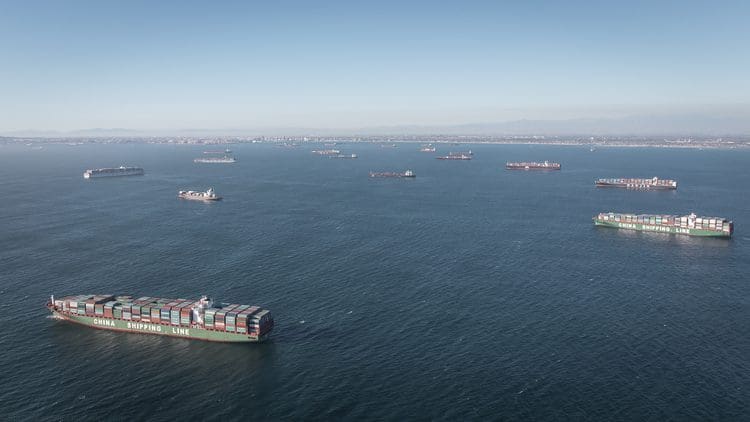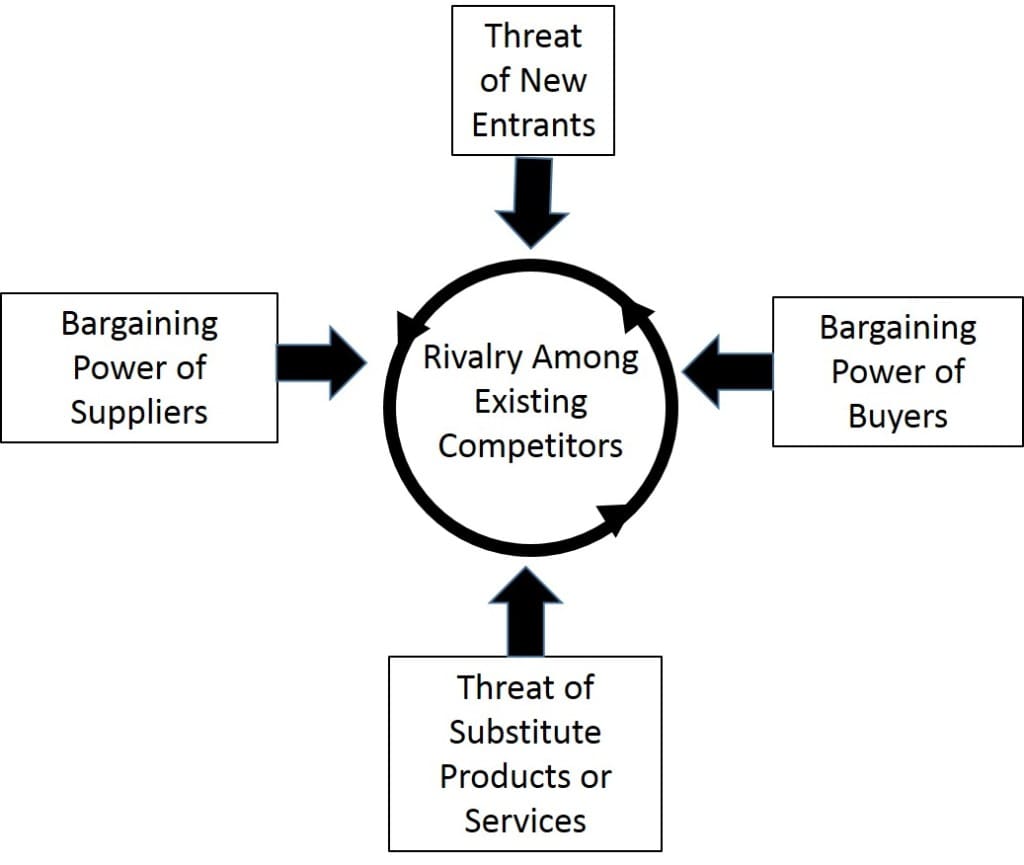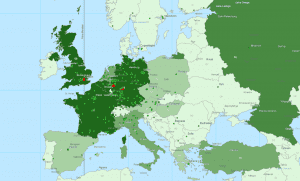Last week negotiators from the P5+1 (or EU+3) and Iran developed a preliminary agreement on Iran’s nuclear program. This opened the door for Iranian sanction relief and presents the question, “How will Iran’s international trade change, and what partners will benefit?”
The World Bank lists Iran’s 2013 GDP at $369 billion, making it the third largest economy in the region, behind Saudi Arabia and Turkey. Iran’s largest export is petroleum, representing about 80 percent of product exports, and China, India, and Turkey are the largest purchasers of Iran’s goods. (As a note, the US Census shows that the US exported $182 of goods in 2014, and imported $0). Expanding Iran’s options to sell its petroleum internationally could have dramatic effects on the global oil market and substantial effects on that for natural gas as well.
Oil Transportation
Market participants expect a lag time between the sanction lift and oil market effects. In fact, a 5 percent increase in the price of oil just two days ago (April 6) was partially attributed to the expectation of longer than expected time-to-market for Iran’s oil. However, there appears to be plenty of Iranian oil just waiting to be shipped. Estimates range from 7 to 35 million barrels of Iranian oil that is currently sitting either onshore or in supertankers waiting to be shipped. At the same time, Iran appears intent on opening up its ports to international shipping firms. The head of Iran’s Ports and Maritime Organization stated, “Serious talks are underway with shipping companies from across the world, including Europe, on a weekly basis.” In addition, Shipping Company of India is revisiting its recently dissolved joint venture with Islamic Republic of Iran Shipping Lines. The reestablishment of this joint venture is especially substantive due to India’s status as the second largest importer of Iranian oil, after China.

Gas Transportation
In 2008, after a brief disruption of Russian natural gas supplied through Ukraine, the European Commission (EC) launched a strategy to increase the diversity of its natural gas supply sources. As part of this strategy, the EC proposed the Southern Gas Corridor. This proposal was subsequently envisoned as a pipeline from Azerbaijan through Turkey, named the Trans Anatolian Natural Gas Pipeline (TANAP). Iranian gas supplies were considered a potential extension to the project.
This past September, Reuters quoted A European Commission source that stated, “Iran is far towards the top of our priorities for mid-term measures that will help reduce our reliance on Russian gas supplies.” The article further stated that impediments included the sanctions and a lack of infrastructure. Investors consider a pipeline through Turkey to be a practical option. Turkey views itself as a potential “energy hub of the region” connecting the energy supplies to its east with the demand to its west. The Turkish President is scheduled to make a visit to Tehran next week where he is reportedly expected to express interest in an expansion of Iran-Turkey trade from the current $14 billion.
The potential removal of international sanctions on Iran offers much in the way of opportunities for trade partners, especially India, Turkey, and China, as well as fuel sources for Europe. It also offers promise for international ocean carriers and gas pipeline infrastructure design and construction firms. The time horizon for these opportunities ranges from near-term for the effect on global oil prices, to mid/long-term for gas pipeline infrastructure completion.
ARC Advisory Group (Logisticsviewpoints.com) periodically publishes a study on the global trade management (GTM) systems market. Trade compliance, international transportation execution, and trade visibility represent the core functionality offered by these software solutions. The trade compliance functionality often includes up-to-date trade content that assures users comply with the constantly evolving international trade regulatory environment. ARC is currently developing this study. Please don’t hesitate to contact us for additional information.




















